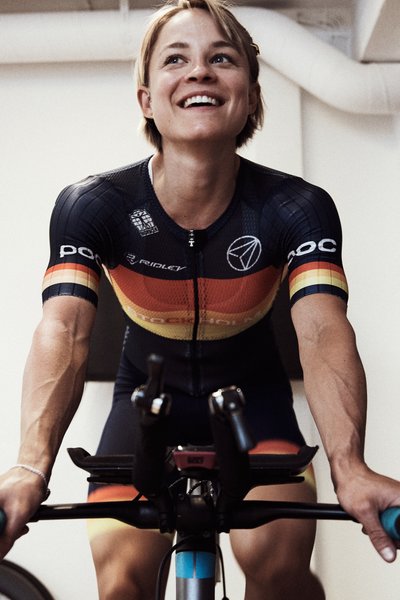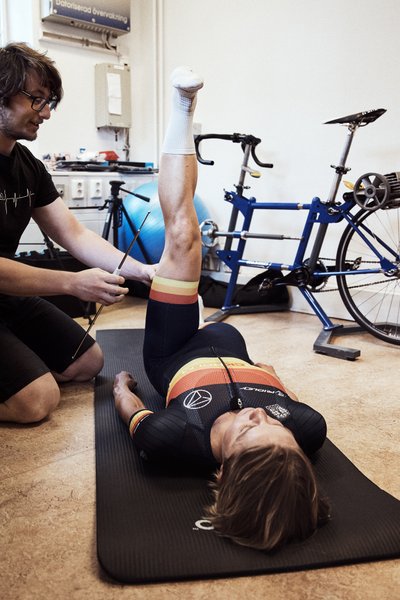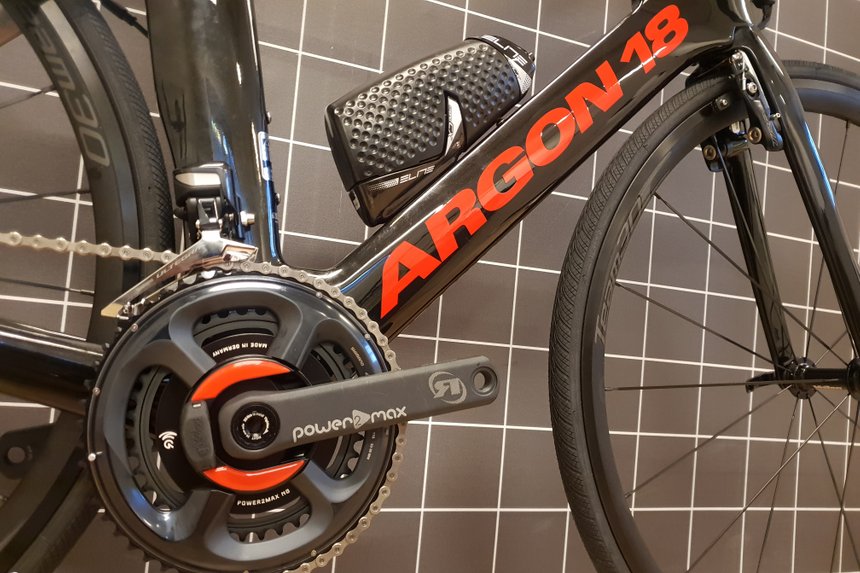Many of us ride our bikes with the hope of getting faster. Whether the goal is to ride a sub hour 40km Time Trial, to do a sub 5-hour Ironman bike split or to get that notoriously hard KOM on Strava – the goal is the same! But how do you achieve that goal? There are two key ways in which you can get faster on a bike. The first is to increase your power output and the second is to improve your aerodynamic efficiency. I’m sure that you will all agree that the former of these is no easy feat, with even a 5% increase in power requiring a lot of hard work and dedication. The latter, however, can for some lead to much more immediate and bigger gains!

Why are aerodynamics important?
Approximately 80% of the resistance felt whilst cycling can be due to aerodynamic drag (this will of course vary depending on your speed and the gradient of the road). Of that drag, around 70% comes from you. So, it is perhaps not surprising that one of the biggest gains that you can make on a bike is from changes to your body position. When looking to reduce your aerodynamic drag you should try to lower your body position and make your torso as flat as possible. Victor Campenaerts and Filippo Ganna are great examples of this! However, you don’t need to be a pro-athlete to see the benefits. Although, the likes of Campenaerts and Ganna are likely to see greater reductions in aerodynamic drag than us mere mortals , our exposure time (as we are riding at slower speed) will be longer meaning greater overall time savings.
However, it is important when thinking about your aerodynamics to not take things too far too quickly. Flexibility and core strength are both major factors in being able to get in to and, perhaps more importantly, being able to maintain an aerodynamic position. That being said, both of these factors can be trained and improved; you just need to make sure that you work on you first and then the bike! Developing these areas and working on your position progressively can also mean that you lose less power in your aero position relative to a more upright position. This can also be mitigated by spending more time in your aero position. We know those hard intervals can feel even harder when done in an aero position as opposed to on the basebars but you will be sure to reap the benefits come race day. Many cyclists are unable to put out the same amount of power in a lower, more aerodynamic positions due to, amongst other things, their hips being more closed. Although at first a loss in power can feel disconcerting, for most cyclists, riding in a more aerodynamic position will see them make a net gain in speed – getting to the finish faster! The more used to riding in this position you are, the greater the gains!


Aerodynamic equipment
We often get asked by our clients how much faster a particular helmet or a particular set of wheels will make them and unfortunately, we cannot give a definitive answer on this (without further testing). It is perhaps unsurprising, given the marketing campaigns that accompany many of these products and numerous articles claiming huge time savings, that cyclists are searching for a definitive value. But this value does just not exist! You cannot measure how fast a component is in isolation, it’s about how fast that component is in relation to the whole system. Aero helmets are a brilliant example of this. One helmet may lead to a saving of, let’s say 30 seconds over a 40km Time Trial, for one rider but may in fact make another slower as the interaction between the helmet, the head and the back for these two riders could be very different. Hence, we would always recommend trying components like helmets before buying to see if the cost per second is really worth it. Our Notio Aerometer is a great tool for this as it measures CDA out on the road and allows you to actually quantify the differences that changing components can make.
One final note I wanted to make about aerodynamic equipment is that some components that are not traditionally considered as creating time-savings can in fact lead to some of the biggest gains. For example, we have recommended to a number of riders recently to change to shorter cranks. These can help to open the hips and make it easier to get over the top of the pedal stroke. Both of which can help you drop your body position and lower your torso - don’t forget 70% of aerodynamic drag is you!

Final Thoughts
So, I think the take home message here is that being more aerodynamically efficient will make you faster and although new aero equipment is great one of the biggest changes (and often the best cost per second) you can make is to your bike position! If you have any questions about how you can improve your position to become more aerodynamic, please just get in touch 😊
If you would like any more information about our Bike Fits or any of our other services please get in touch.